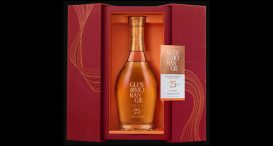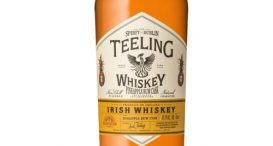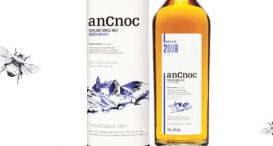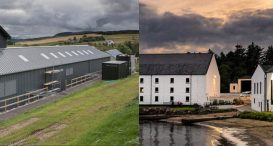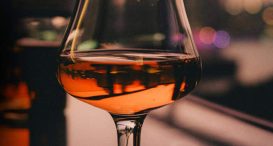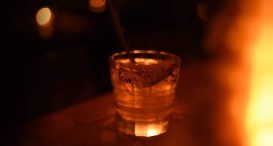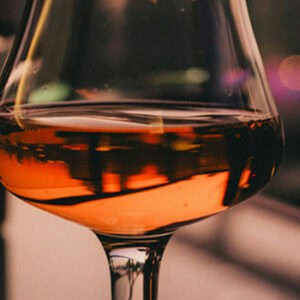Why oh why can I not take photos in your distillery?
let’s begin
Health and safety. Sure. Risk of sparks. Sure. But really? If so, surely that would be the same in every distillery in the world? And it isn’t. So why oh why can I not take photos in your distillery?
I travel to a lot of distilleries, both for work and pleasure, so have experienced the approach from near enough every company in the game and it is striking how some put on a proper show and let you do quite literally whatever you want, and others restrict you and almost sanitise the experience by banning photographs to be taken?
Surely they risk of anything happening is so remote that, whilst there, it presents no real danger? Especially if all are advised not to use flash photography.
Otherwise I’m confident that more would be done to leave cameras and phones etc. at the checking in desk ahead of each tour, as they do at The Dalmore, no?
My guy says it is similar to why you should have phones turned off on flights; a relatively low risk but the rule is linked to outdated legislation. Think I’m wrong? Think about it… If there’s a true risk, why do they not check everyone’s phone is off or on flight safe mode instead of trusting that you’ve done it? Numerous pilots have confirmed that there is no real risk to modern aviation communications system, but the rules remain in place.
Is that the same for distilleries? Maybe.
It is still infuriating, as a punter, as there is no personal record of attendance, nothing to show folk, puts up a barrier between the brand and and the guest who has likely travelled a long way to visit, and would love to have a photo in front of the stills at their favourite distillery.
I’m normally on the better safe than sorry side of life, but in truth that only gets you so far when competitors allow you do take all the photos you want… think Laphroaig, The Macallan, Kilchoman, Teeling, Glenburgie, Highland Park.
“We show people every part of the production process from milling, mashing, fermentation right up to distilling so have no issue letting people take pictures of our process in Dublin. We take it as a huge complement that nearly 100,000 people visited us in 2016 and encourage them to take as many photos as they want of all the unique processes we use in making our whiskey.
As we are a distillery that lets people in behind the scenes to see whiskey being made rather than a visitor centre or museum we have no problem with people capturing our distillery in full flow and want the visit to be a fully transparent. This real experience is what we love when we visit other distilleries across the globe and wouldn’t of been comfortable not allowing this in our family distillery in Dublin.
The idea of getting behind the scenes with the distillers is something that really excites people and we have no issue with people taking photos of their experience to share with their family or friends after the visit” – Stephen Teeling
Is it just older distilleries, or those with older processes? Are modern, or refitted distilleries better equipped for the modern touristic use for distilleries?
Could a workaround be that guides wear the counters used when you visit on press trips or when you take official distillery photographs that measure hazardous particles in the air to ensure everyone is aware of when you can and cannot take photos, whilst still allowing some?
I was at one famous distillery recently and we were not even allowed to take photos in non-production buildings! Mad. For me it is just a way to control, and the first step towards creating distilleries that feel sanitised for mass market tours vs those that are genuinely interested in folk taking time out to be there.
Dewar’s distilleries, owned by Bacardi, had a good approach when I visited Aberfeldy recently; sign a detailed form stating that I understand the risks and that I will have my flash off and Airplane mode on. That way no sparks are created, and risks averted without causing hassle for all involved. A really good way to make sure both sides are happy with the visit and the outcome.
What are your thoughts on this? I get that ‘any risk is enough risk’, but is there even a risk if so many do not mind you snapping away?



